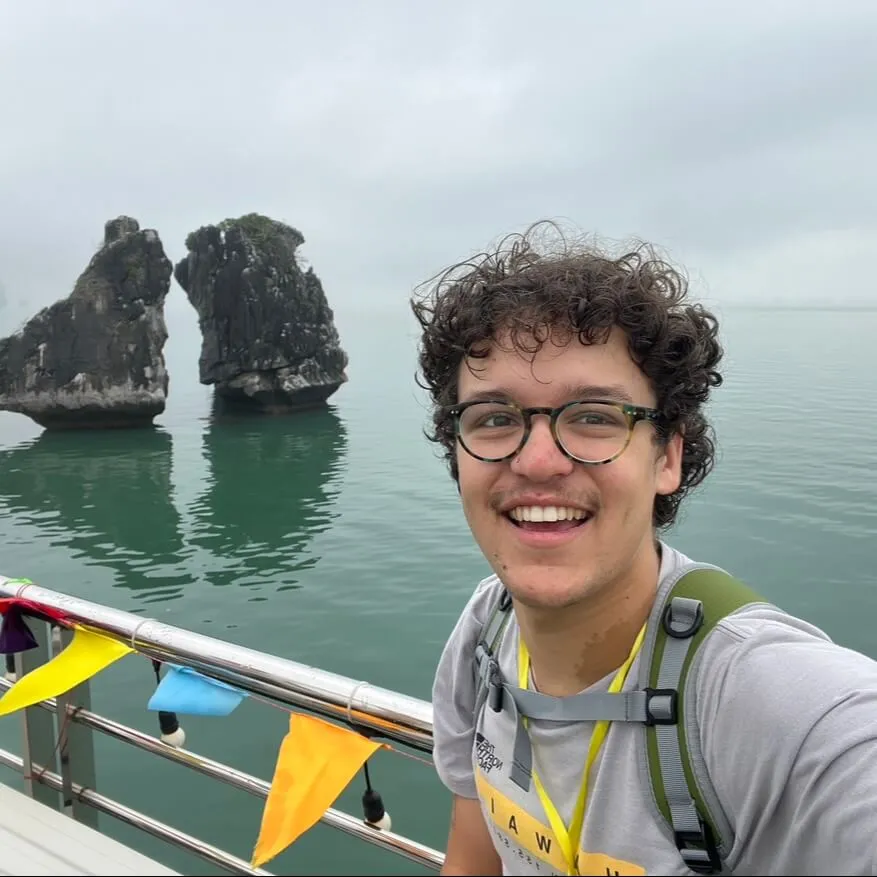Our Year 6 Maths tutors focus on helping students solidify their understanding of advanced mathematical concepts, including rational numbers, percentages, and problem-solving strategies. We support students as they develop skills in critical thinking and practical application, preparing them for the transition to high school mathematics. Our goal is to ensure students are confident and capable in all areas of maths.
Number:
Students explore decimals, fractions, and percentages, learning to perform calculations with each and understand their real-world applications. Our tutors guide them through problems involving addition, subtraction, multiplication, and division of these numbers, fostering a strong understanding of number relationships and accuracy in calculations.
Algebra:
Our tutors help students recognize patterns and use rules to solve equations, working with brackets and the order of operations. This builds a foundation for more complex algebraic thinking, enabling students to solve equations and understand relationships between numbers.
Measurement:
Students learn to measure and convert between metric units, calculate areas of rectangles, and use formulas for practical problems. Our tutoring includes interpreting timetables and understanding angles, ensuring students can apply measurement concepts to everyday scenarios.
Space:
Students develop spatial reasoning through activities involving Cartesian planes, cross-sections of objects, and transformations like tessellations. Our tutors support their understanding of geometry by helping them visualize shapes, movements, and positions in space.
Statistics:
Students learn to analyze data sets and create meaningful comparisons using graphs and charts. Our tutors guide them in interpreting statistical information and making informed conclusions, building critical thinking skills for real-world data analysis.
Probability:
Our tutors introduce students to the concepts of chance and probability, helping them assign probabilities using fractions, decimals, and percentages. Through hands-on experiments and simulations, students learn to compare observed outcomes with expected results, gaining a deeper understanding of probability.
%20(1).webp)







.webp)
.webp)
.webp)













.webp)




.webp)



.webp)




















































.webp)
.webp)
.webp)








.webp.crdownload-p-500%20(1).webp)
.webp)
.webp)
.webp)
.webp)

%20(1)%20(1)%20(1).webp)
.webp)





.png)
.png)
-min.webp)
